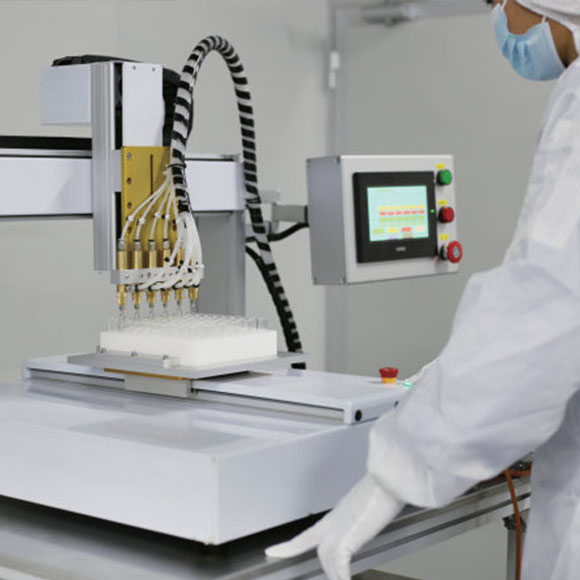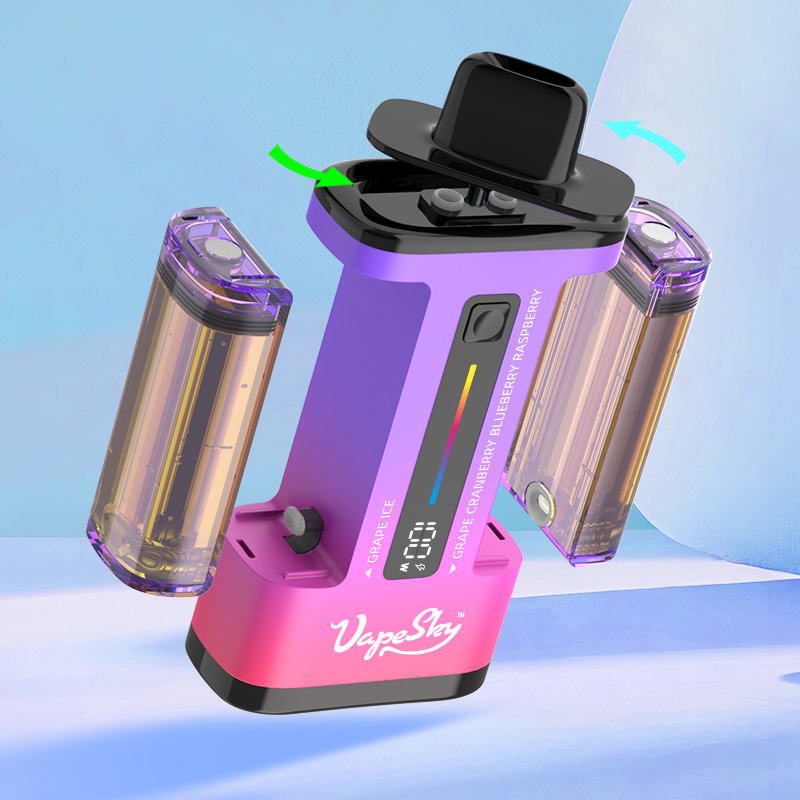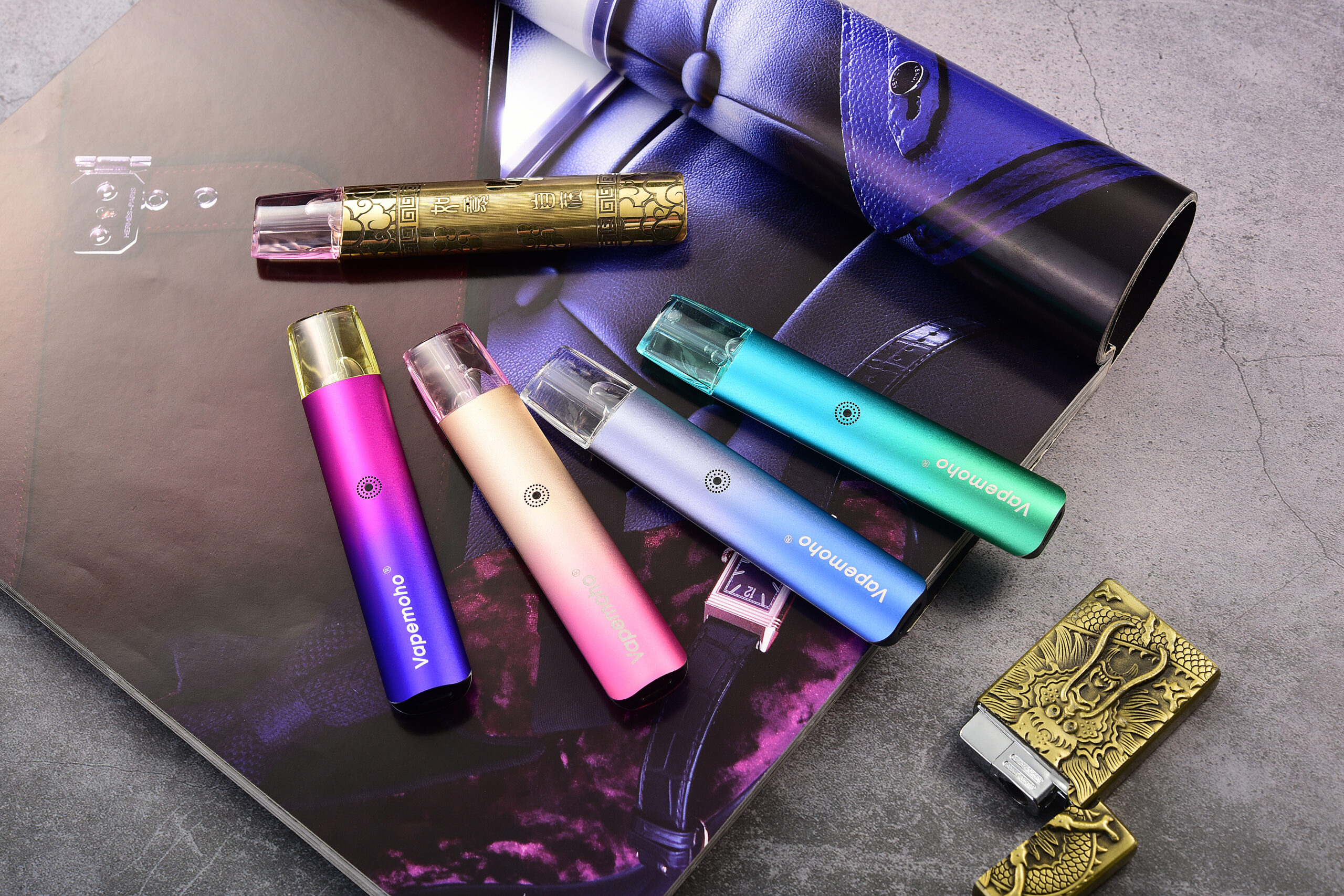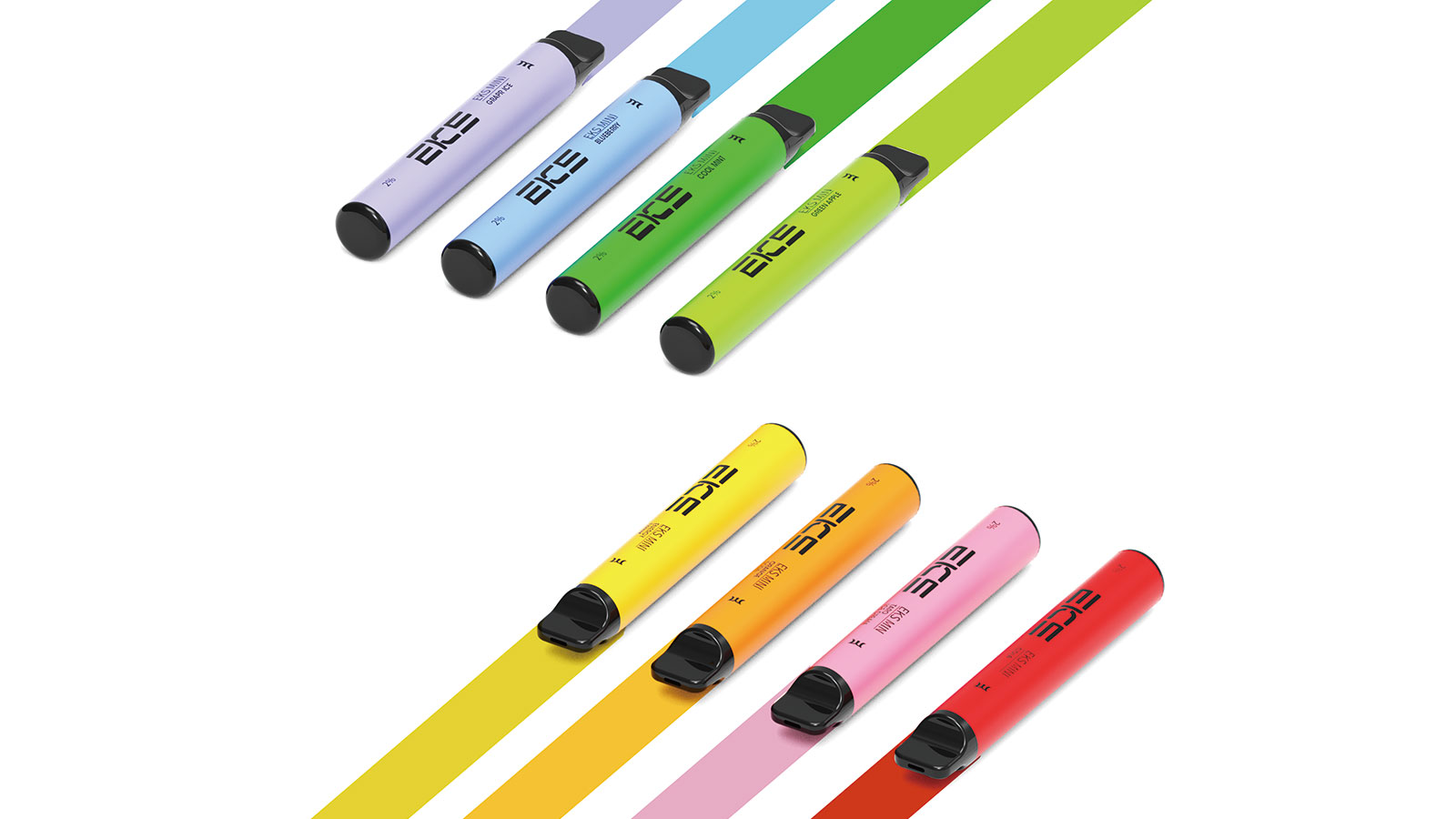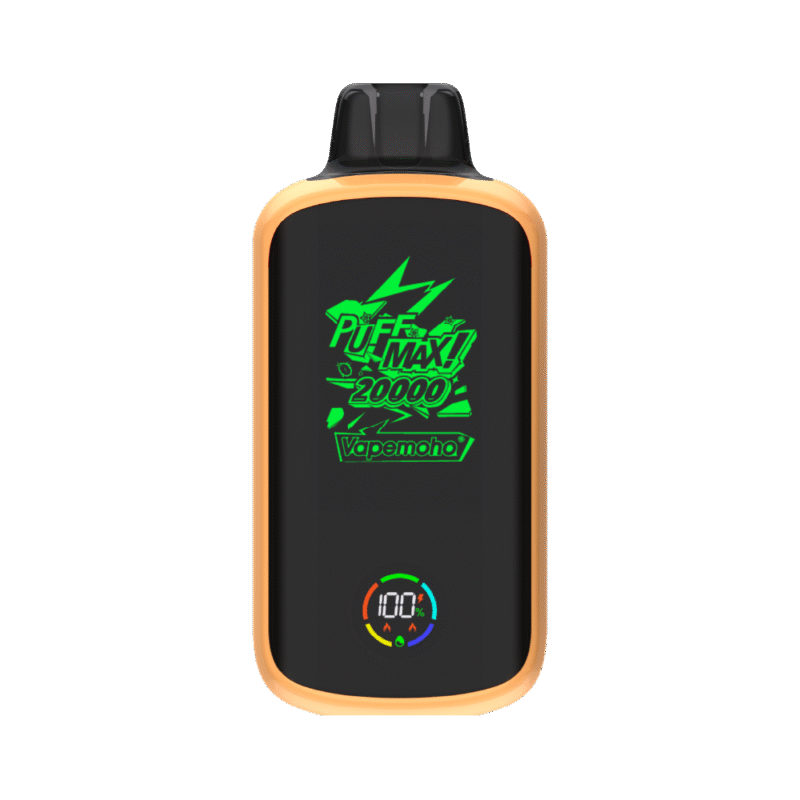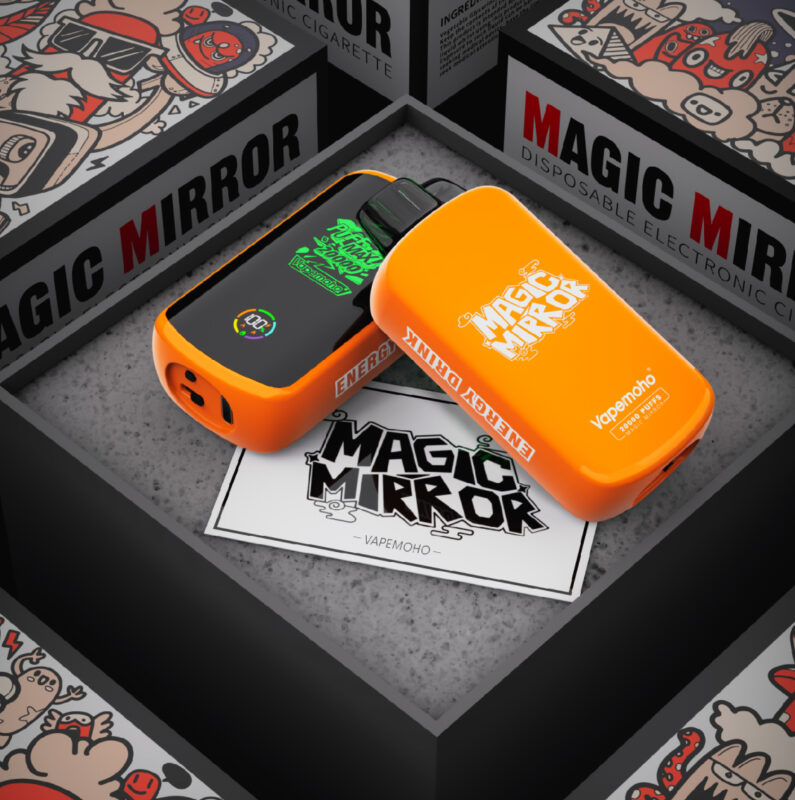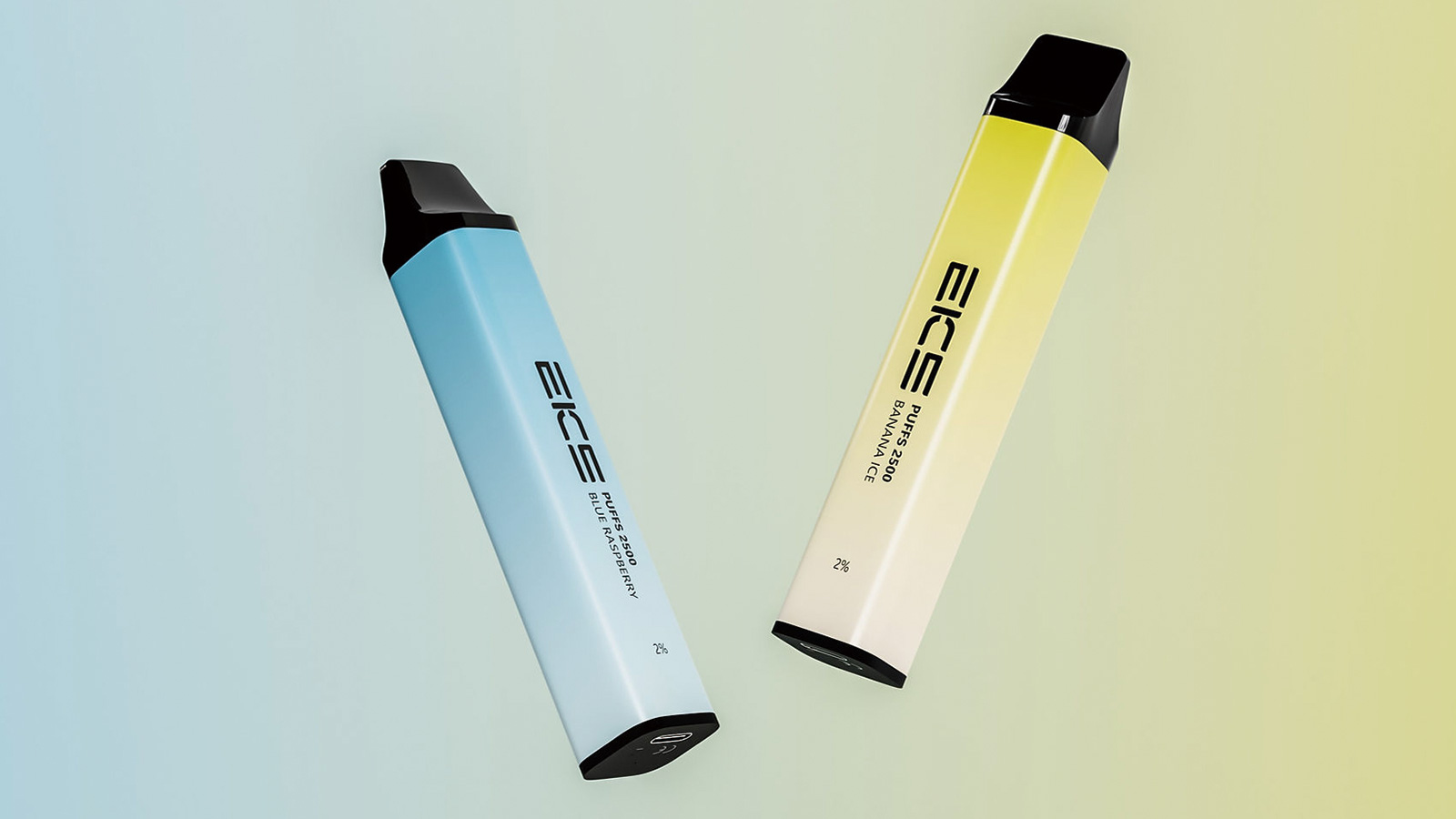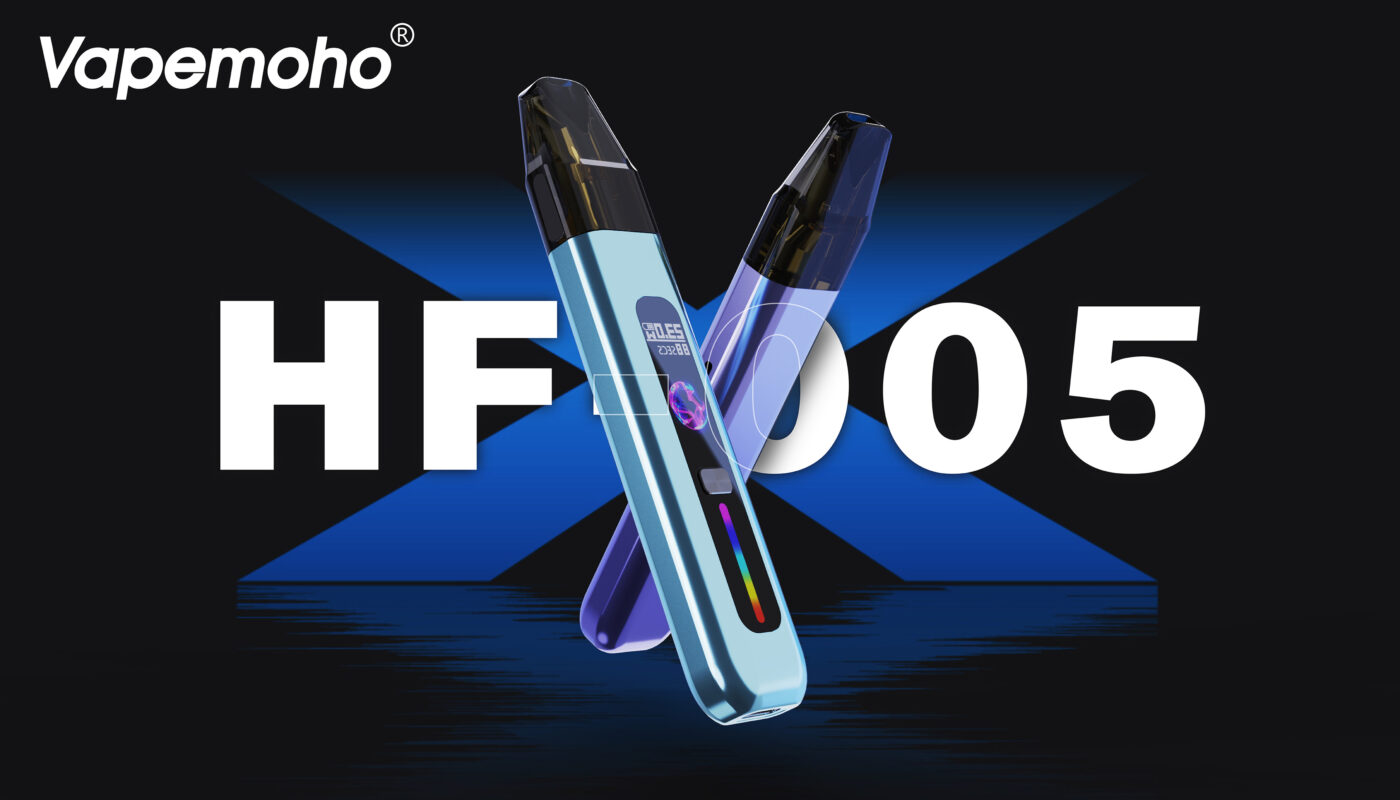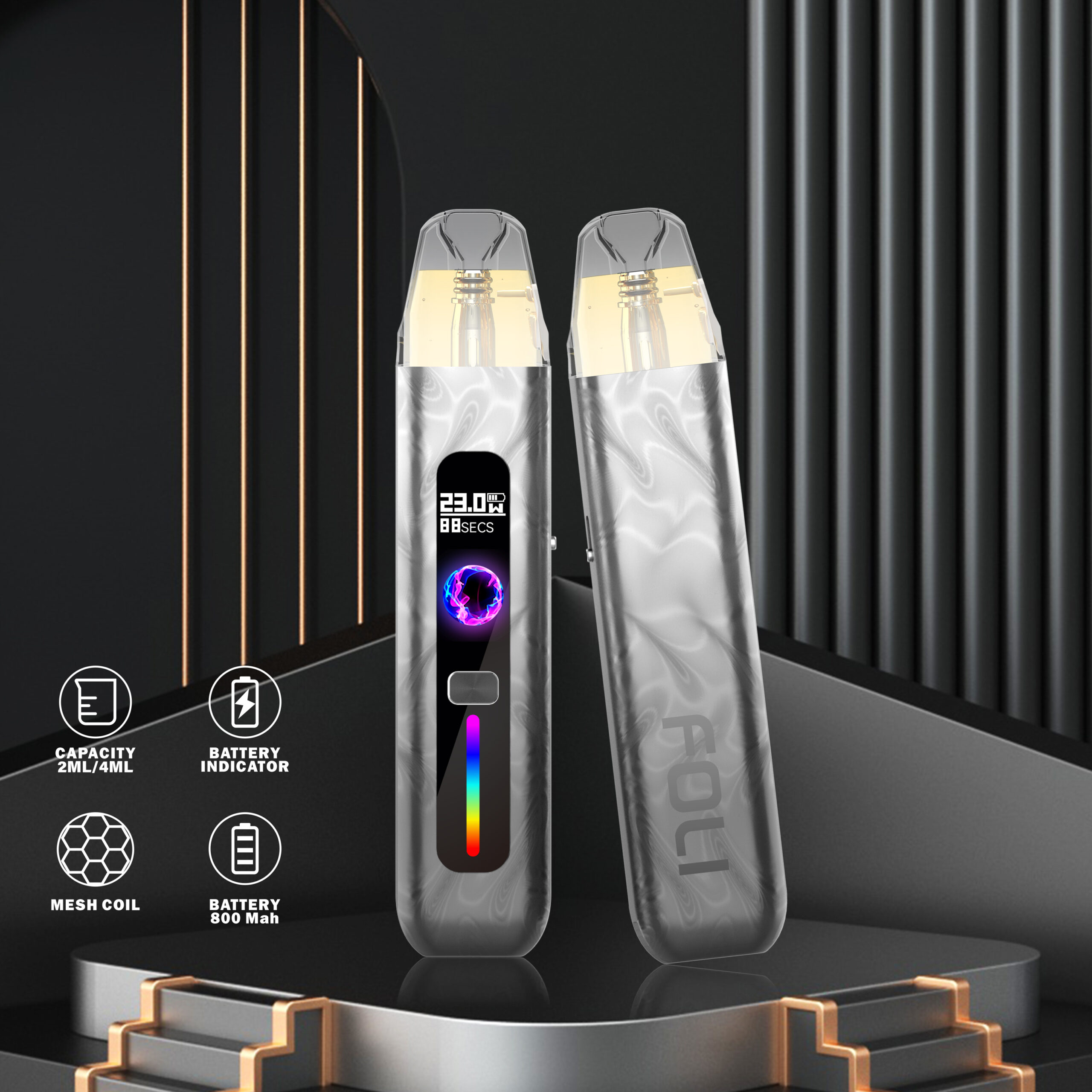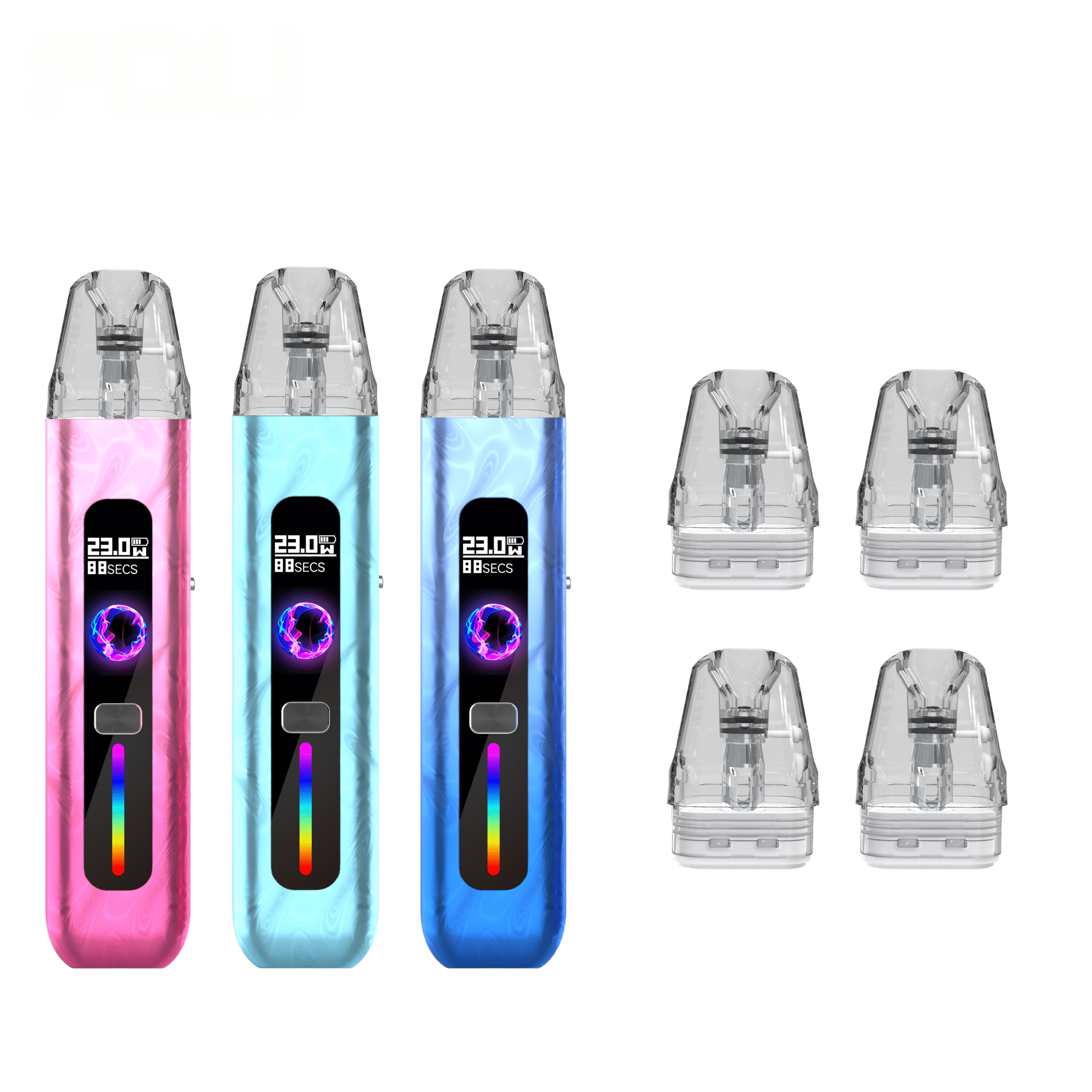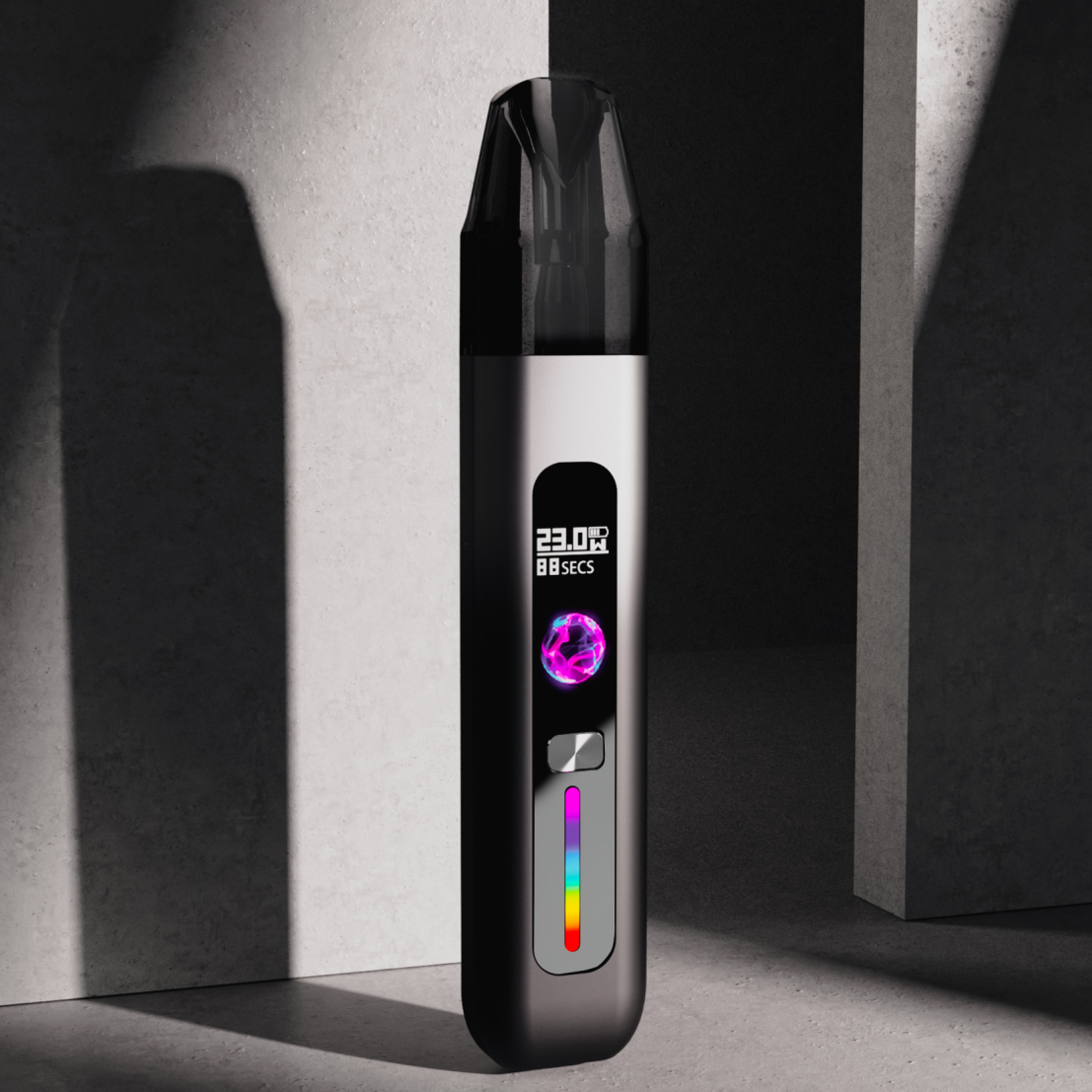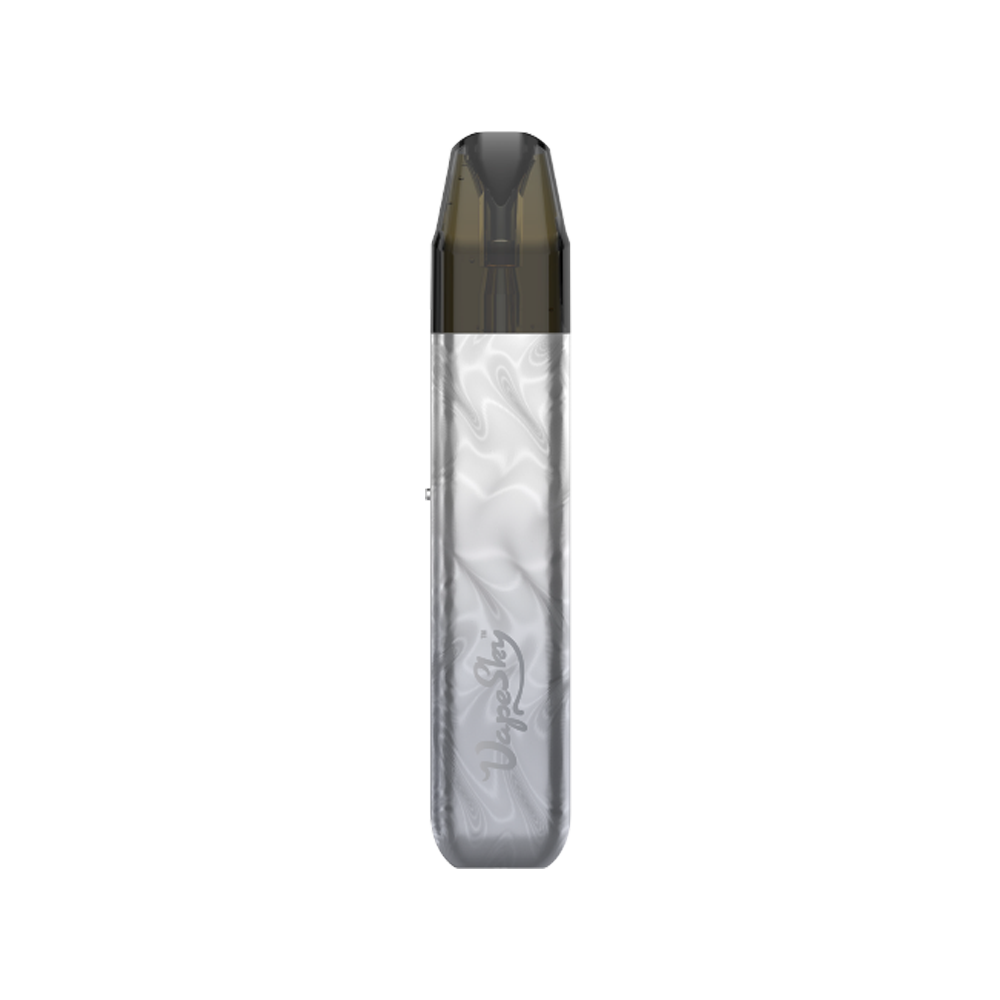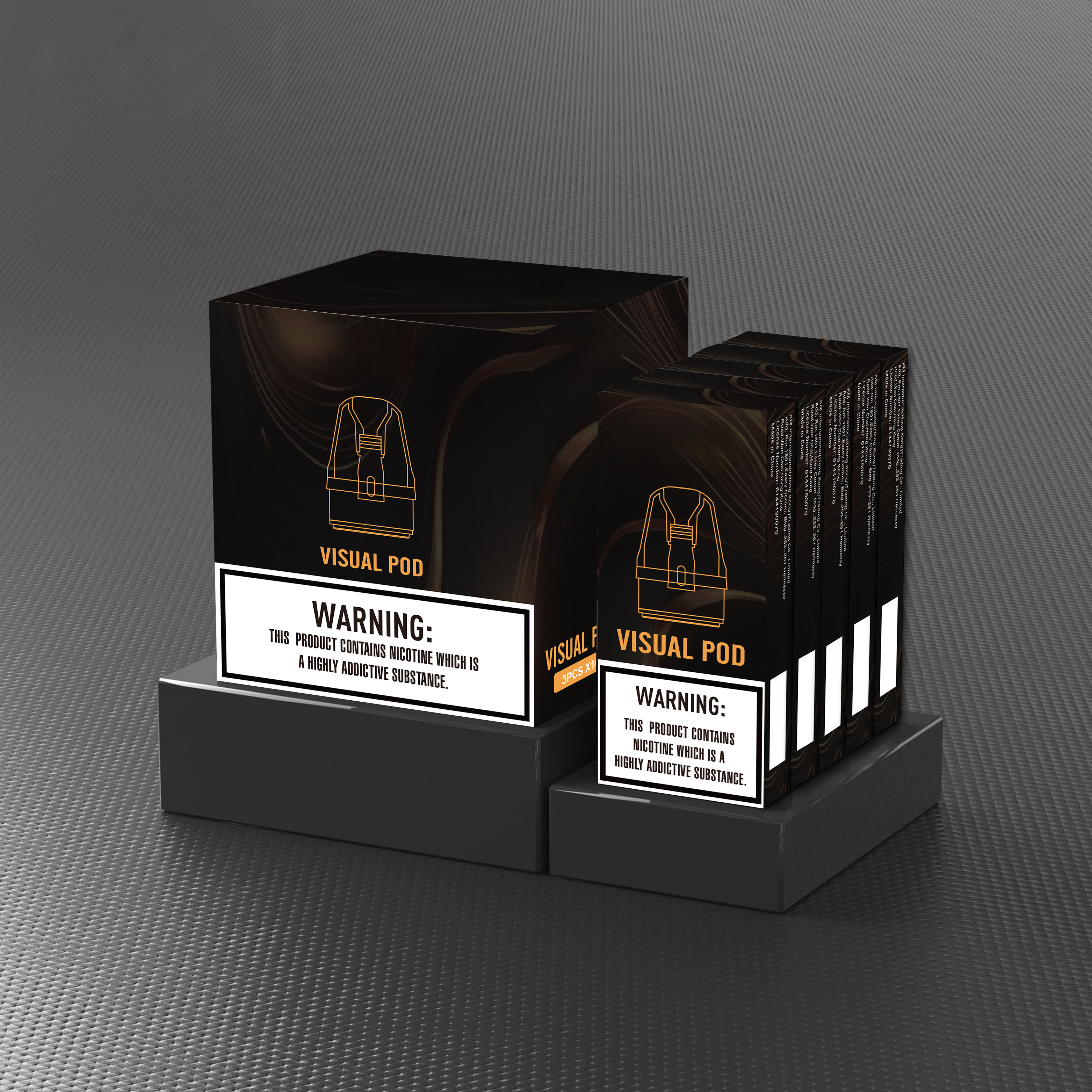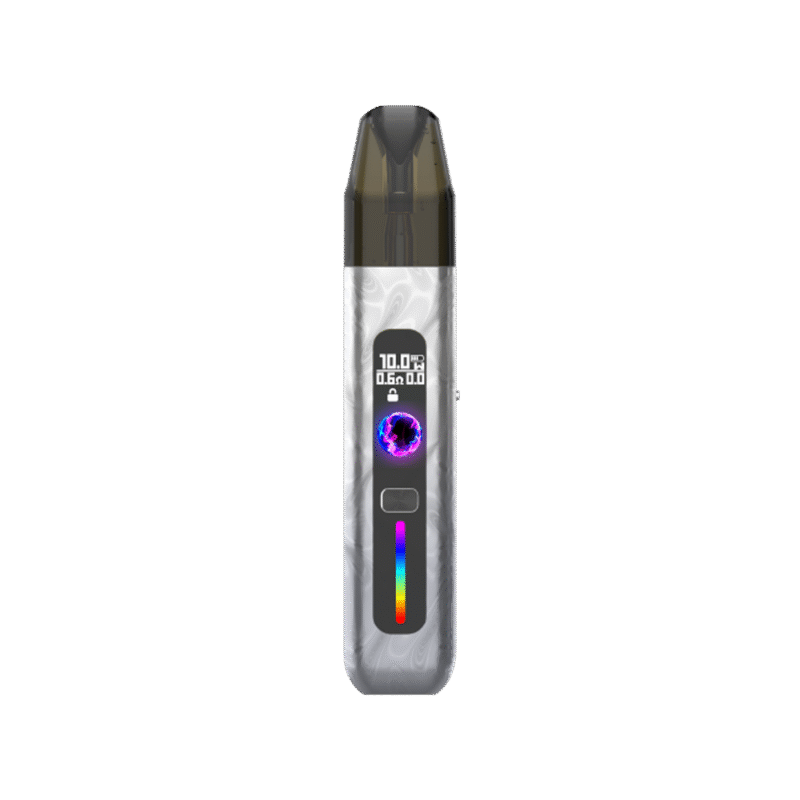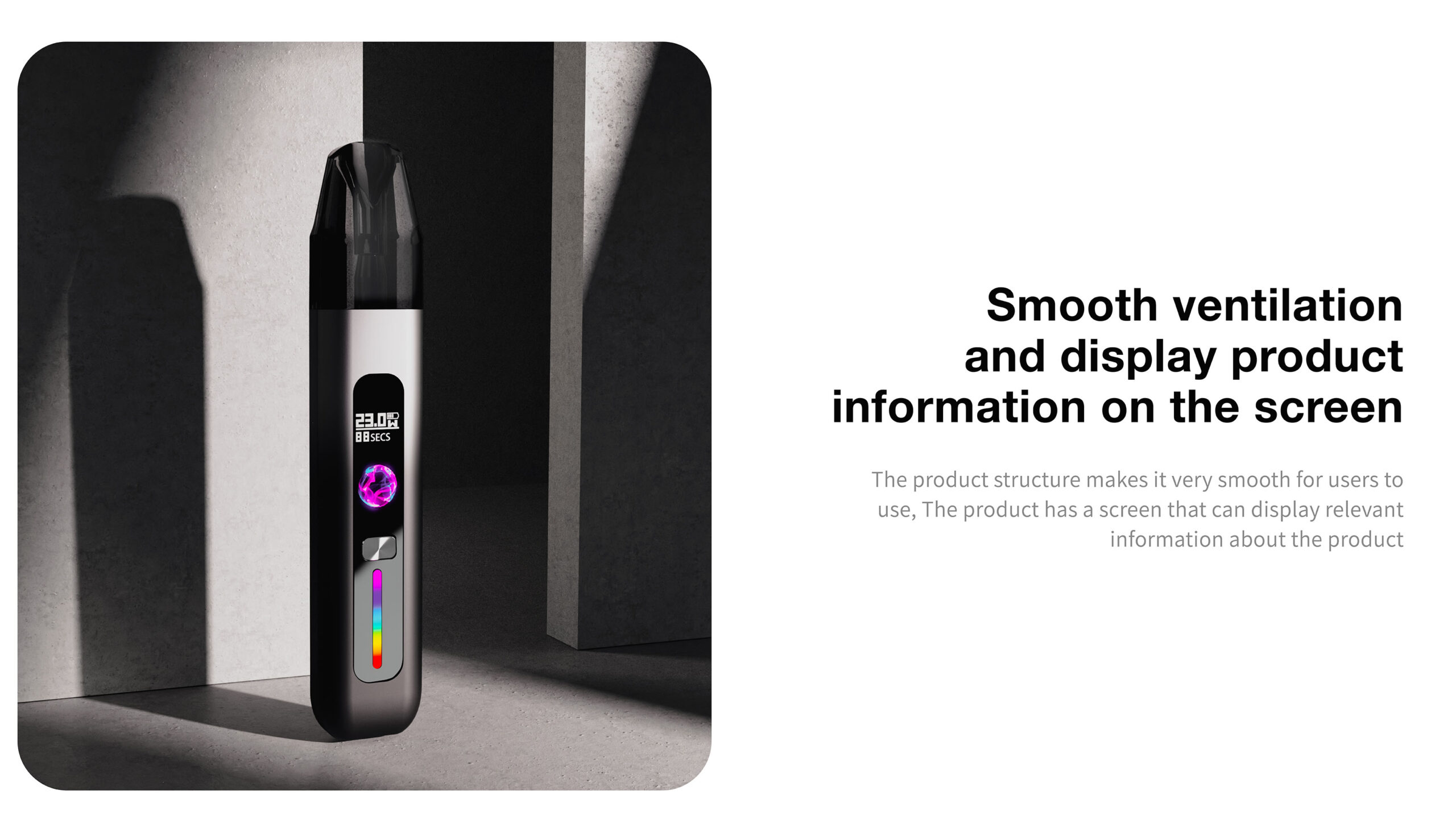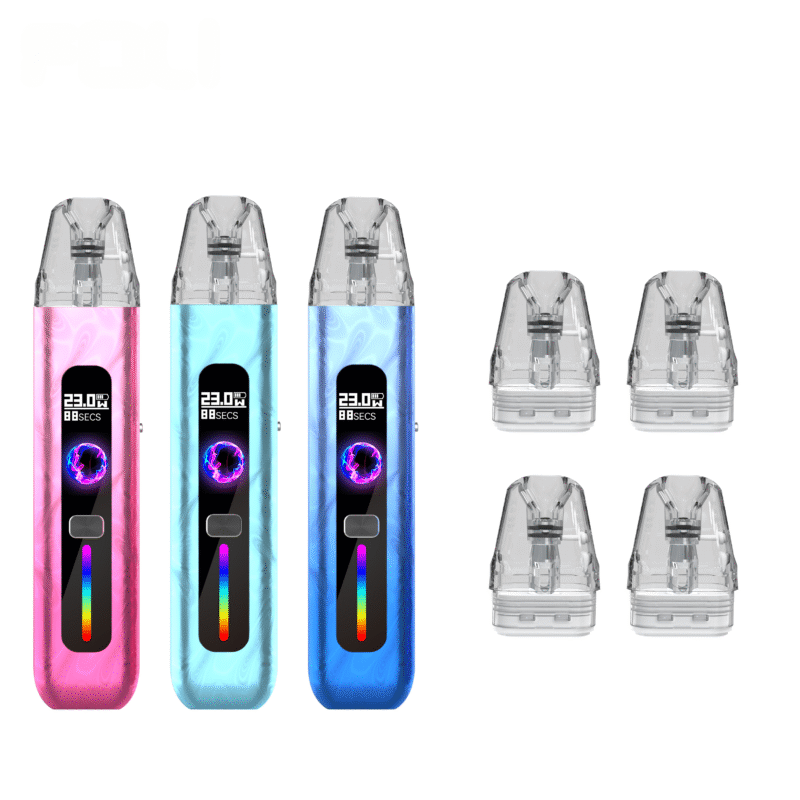E-cigarette manufacturing has become a dynamic sector, with brands often starting with small-batch trials to test market responses before scaling to million-scale production. This transition requires careful planning to balance flexibility, efficiency, and quality—three pillars that define success in the competitive E-cigarette industry.
Understanding Demand Differences: Small-Batch vs. Large-Scale
Small-batch trial production typically serves two core goals: product iteration and market validation. Manufacturers may produce 500 to 5,000 units to test new designs (e.g., compact pod systems) or flavor profiles, relying on quick adjustments to refine prototypes. In this phase, demand is characterized by unpredictability—changes in specifications (such as battery capacity or e-liquid viscosity) are common, and production lines must adapt rapidly.
In contrast, million-scale production caters to mass-market demand, where consistency and cost-efficiency take priority. Brands need to deliver uniform E-cigarette units to avoid recalls and maintain consumer trust, while also optimizing per-unit costs to compete in global markets. Here, demand is stable but high-volume, requiring production lines to operate at near-maximum capacity with minimal downtime.
Strategies for Small-Batch Trial Production
To meet small-batch demands, manufacturers should invest in modular production setups. Unlike fixed assembly lines, modular systems allow for easy reconfiguration—for example, switching from assembling disposable E-cigarettes to rechargeable pods in a matter of hours. This flexibility reduces setup time and lowers the cost of testing multiple prototypes.
Rapid feedback loops are also critical. After producing a small batch, manufacturers should partner with focus groups or regional distributors to collect data on usability and performance. For instance, if a trial batch of E-cigarettes reports frequent leaks, engineers can adjust the cartridge seal design and produce a new batch within days. This iterative process ensures that only refined products move to large-scale production.
Additionally, small-batch production benefits from lean inventory management. Sourcing small quantities of raw materials (e.g., lithium-ion batteries, food-grade e-liquid ingredients) prevents overstocking, while working with local suppliers reduces lead times for last-minute material adjustments.

Scaling to Million-Scale Production: Key Considerations
Scaling to million-scale E-cigarette production requires a shift from flexibility to standardization, starting with automation. Automated assembly lines—equipped with robotic arms for precise tasks like cartridge filling and component soldering—can boost throughput from 1,000 units per day (small-batch) to 50,000+ units per day. Automation also reduces human error, a critical factor for meeting strict regulatory standards (e.g., the EU’s Tobacco Products Directive or U.S. FDA guidelines) that govern E-cigarette safety.
Supply chain resilience is another must. For large-scale production, manufacturers need to secure long-term contracts with global suppliers to ensure a steady flow of raw materials. This includes diversifying supplier networks to mitigate risks like material shortages or geopolitical disruptions. For example, a manufacturer might source batteries from both Chinese and Korean suppliers to avoid production halts if one region faces delays.
Capacity planning is equally important. Before scaling, manufacturers should conduct a thorough demand forecast to determine the number of production lines needed. Building redundant lines (e.g., two parallel lines each capable of producing 3 million units monthly) provides a safety net for sudden demand surges or equipment failures.

Maintaining Quality Across All Production Scales
Quality control (QC) is non-negotiable at every stage of E-cigarette manufacturing. In small-batch trials, QC teams focus on validating product safety—testing for e-liquid contaminants (e.g., heavy metals) and ensuring battery safety. For large-scale production, real-time QC systems (such as machine vision cameras) inspect 100% of units for defects (e.g., misaligned components or faulty sensors) at high speed.
Regulatory compliance also ties into quality. Manufacturers must document every step of production, from raw material sourcing to final packaging, to meet regional reporting requirements. This documentation not only avoids fines but also builds transparency with consumers, who increasingly prioritize safe, compliant E-cigarette products.
Leveraging Digital Tools for Seamless Transition
Digital technologies bridge the gap between small-batch and large-scale production. Enterprise Resource Planning (ERP) software, for example, tracks inventory, production schedules, and QC data across both phases. In small-batch trials, ERP tools help manage small-quantity material orders; in large-scale production, they optimize scheduling to minimize waste and maximize line efficiency.
Internet of Things (IoT) sensors further enhance visibility. Installed on production lines, these sensors monitor equipment performance in real time, predicting maintenance needs to prevent unexpected downtime. For million-scale operations, this proactive approach ensures that production stays on track to meet high-volume demands.
Conclusion
The journey from small-batch trial to million-scale E-cigarette production is a strategic process that demands adaptability, investment in technology, and a relentless focus on quality. By embracing modular systems for small batches, automation for large-scale output, and digital tools to streamline the transition, manufacturers can meet evolving market demands while maintaining competitiveness. As the E-cigarette industry continues to grow, those who master this transition will be best positioned to capture opportunities in both niche and mass markets.




